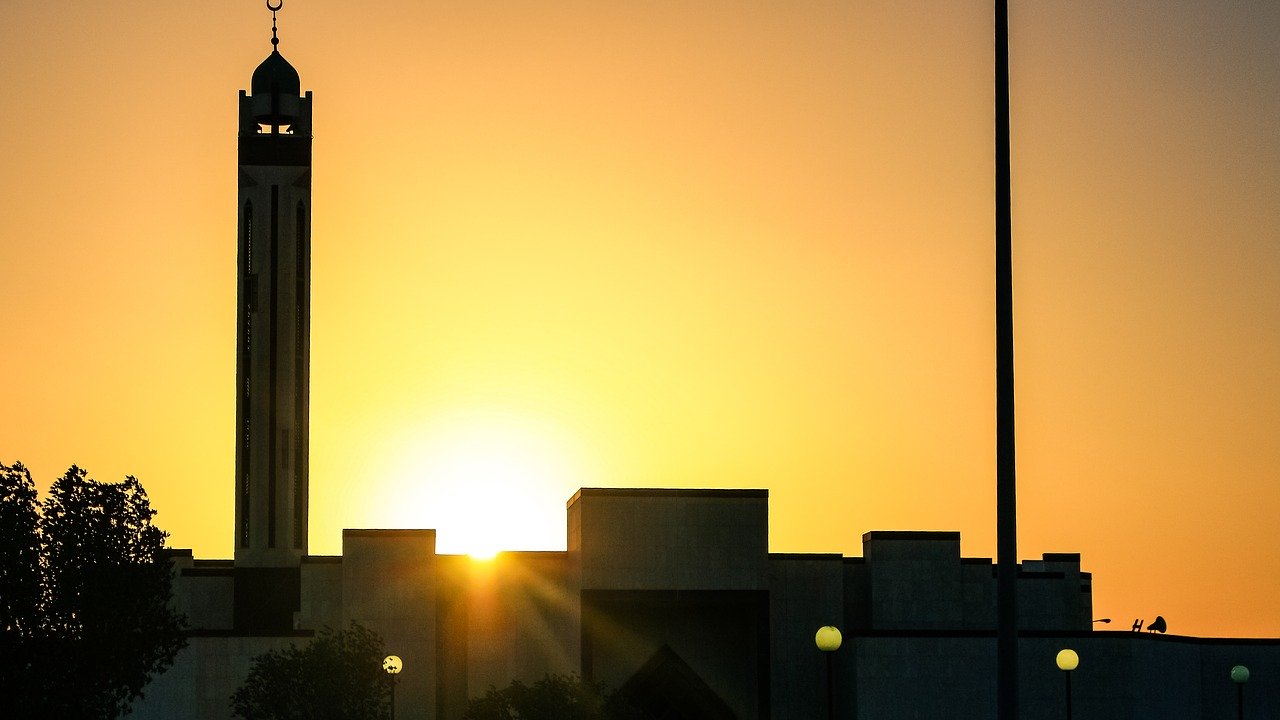In line with its efforts to grow non-oil revenues, Saudi Arabia had in excess of 5,000 planned or ongoing construction projects worth trillions of riyals. These projects range from infrastructure, such as transportation and energy, to economic, like entertainment and tourism.
Some of Saudi Arabia’s large-scale projects include the USD $500 billion NEOM gigaproject, The Red Sea Project, and the Qiddiya entertainment city. While these projects are ongoing, another of significance, Diriyah Gate, is slated to break ground in January 2020.
Capital of the First Saudi State
Diriyah, situated northwest of the Saudi capital Riyadh, is of critical importance to the Saudi national identity. Once serving as a geographic meeting point for trade among European, African, and Asian countries, Diriyah, called the Home of Kings and Heroes, is regarded as the site at which the first Saudi state was established. Diriyah became the state’s capital in 1745, at which point the Arabian Peninsula became unified under one nation.
The historic city is also home to At-Turaif, a mud-brick city that was designated as a UNESCO World Heritage Site in 2010. In addition to the Najdi architectural style of the site, At-Turaif holds cultural, political, and religious significance—its citadel served as the heart of the House of Saud’s temporal power during the 18th and early 19th centuries. The property was abandoned for a considerable amount of time and still contains some authentic and original design elements. It has been under the protection of the Antiquities Act 26M, 1392, since 1976.
DGDA Established in 2017
The Diriyah Gate Development Authority (DGDA) was created in July 2017 at the decree of Saudi King Salman Bin Abdulaziz Al Saud. It was one of two renovation commissions established at the time to develop significant archaeological and historical sites in Saudi Arabia as prominent tourist attractions. The other was established to focus on redevelopment efforts in the town of Al Ola, located nearly 400 kilometers northwest of Madinah.
In undertaking the 7-square-kilometer Diriyah Gate project, the DGDA intends to preserve the region’s history and cultural significance through the development of multiple museums and galleries as well as cultural and educational experiences.
The DGDA appointed Jerry Inzerillo as CEO in June 2018. The University of Nevada alumnus previously served as CEO of the Forbes Travel Guide and was named the 2018 Alexander Shulgin CEO of the Year in Tourism. He also presided over IMG Artists and Kerzner International.
Speaking on the cultural importance of Diriyah and its potential for the future, Inzerillo noted:
“There is only one Diriyah. Only this place can tell the story of the Saudi people and inspire new generations to commit to the dynamic vision of the future. This is truly a momentous time in this extraordinary country, and I am proud to lead a world-class team in the development of this historic site that is destined to become a global cultural icon and one of the world’s greatest gathering places.”
Culture and Lifestyle Destination
In line with Inzerillo’s statement, the DGDA plans to transform the city into one of Saudi Arabia’s preeminent cultural and lifestyle destinations. While museums and art galleries speaking to its past will be featured prominently (such as the largest Islamic museum in the world), Diriyah Gate will also welcome more than 20 of the world’s most well-known luxury hospitality and lifestyle retail brands and feature more than 100 restaurants and cafes. Planned entertainment attractions include a 15,000-seat arena and a Formula E racetrack.
Regarding tourism infrastructure, the DGDA has already signed memorandums of understanding with Greg Norman Golf Design and Aman Resorts & Hotels International to develop a golf course and luxury hotels, respectively, as part of the Diriyah Gate project. The 27-hole golf course will be constructed in Wadi Safar, while the 40-room hotel will be built in Al Bujairi and overlook the historic At-Turaif District.
Alignment with Vision 2030
Diriyah Gate is just one of dozens of megaprojects affiliated with Vision 2030 designed to lessen Saudi Arabia’s economic dependence on oil. Initiated by King Salman Bin Abdulaziz Al-Saud, Vision 2030 has 96 strategic objectives which fall into 13 Vision Realization Programs (VRP).
These VRPs include the Financial Sector Development Program, the Public Investment Fund Program, and the National Transformation Program. These are overseen by the Council of Economic and Development Affairs and include a series of initiatives with five-year milestones.
Other critical infrastructure projects like the King Salman Energy Park, NEOM, and King Abdul Aziz Airport have already begun. Other key goals or targets of Vision 2030 met thus far include the extension of wireless broadband services to remote regions, the introduction of technical programs at certain universities, and the establishment of the King Salman Humanitarian Aid and Relief Centre, as well as expanded entertainment offerings and increased investment in renewable energy.

